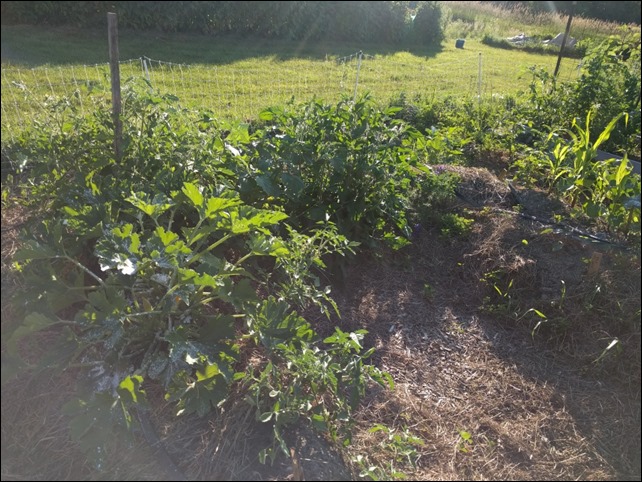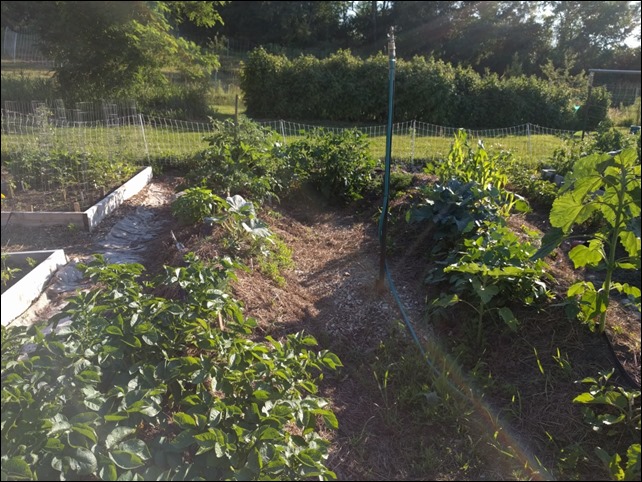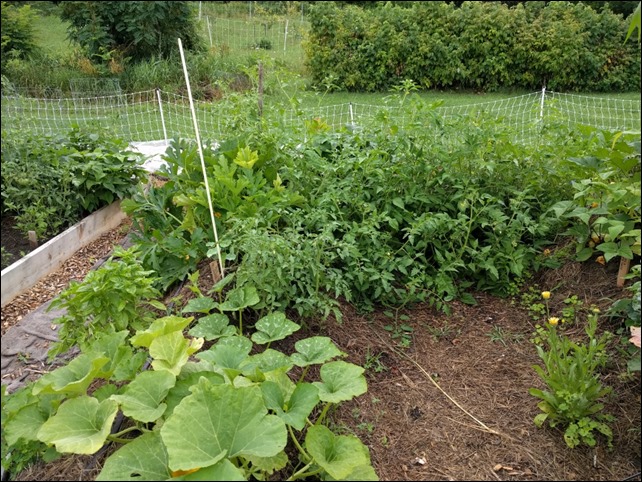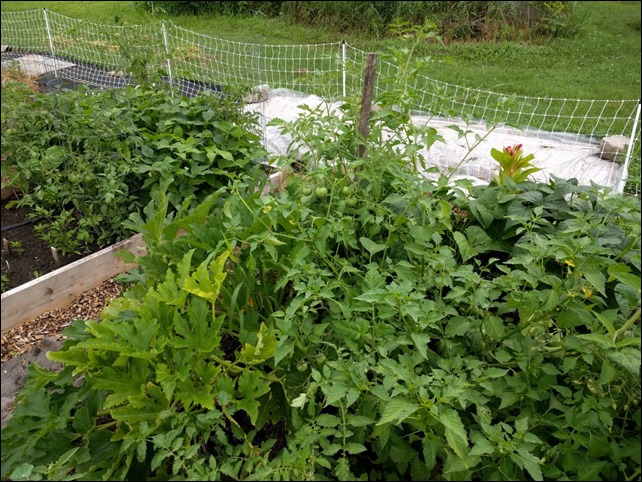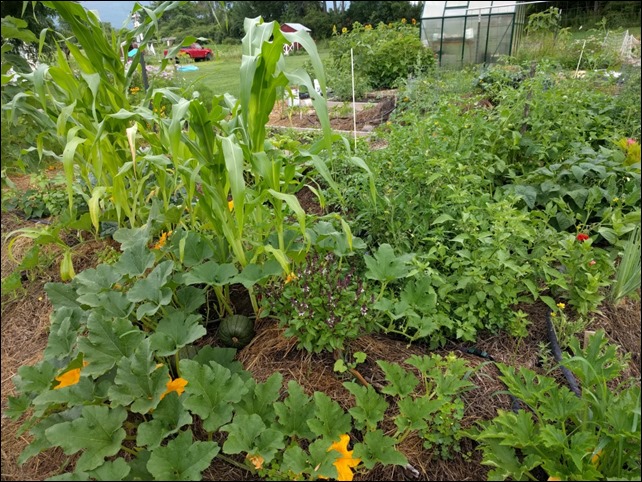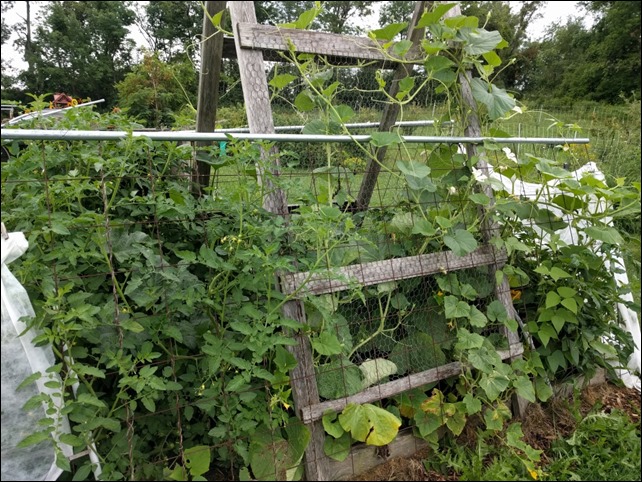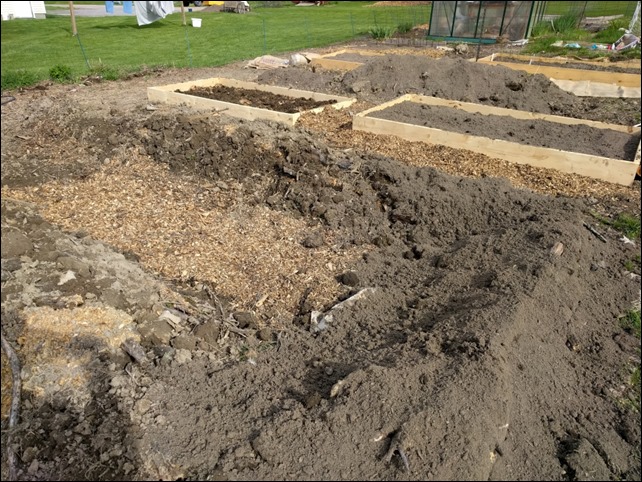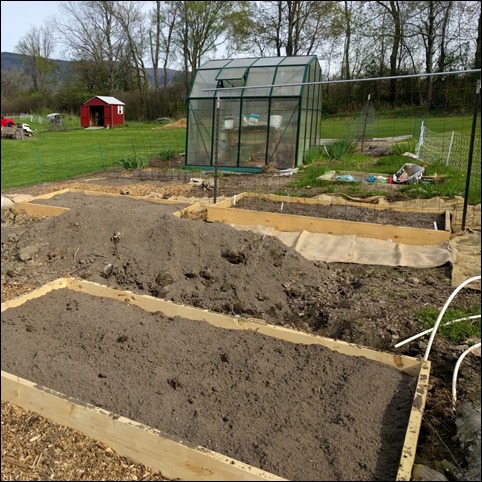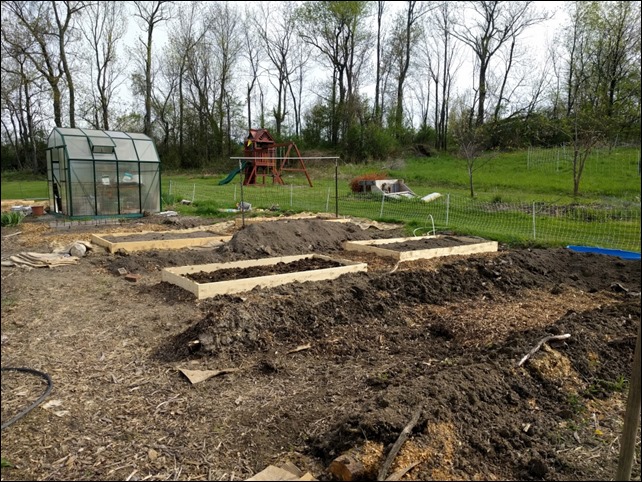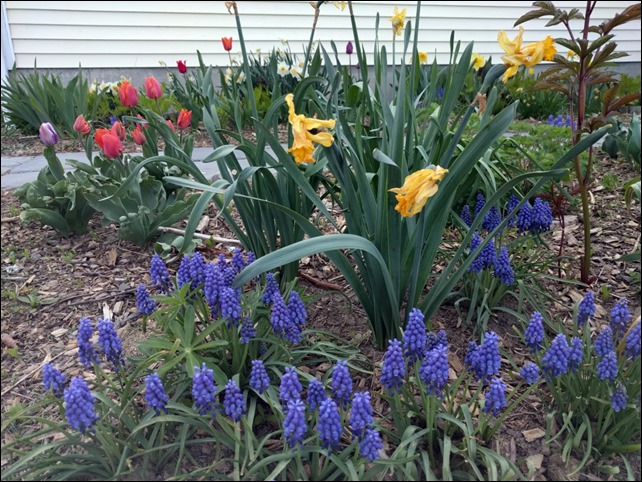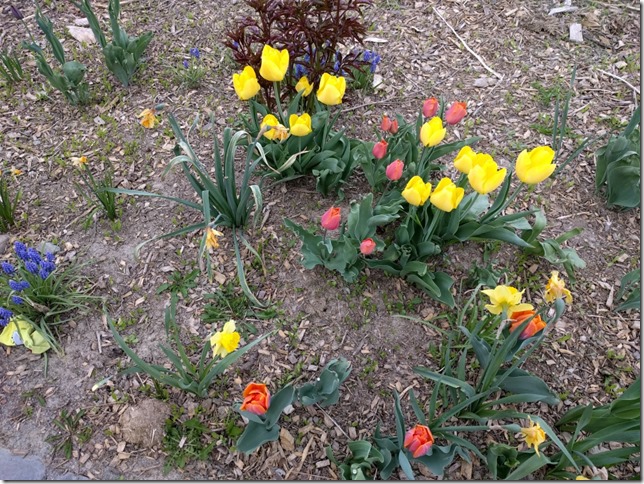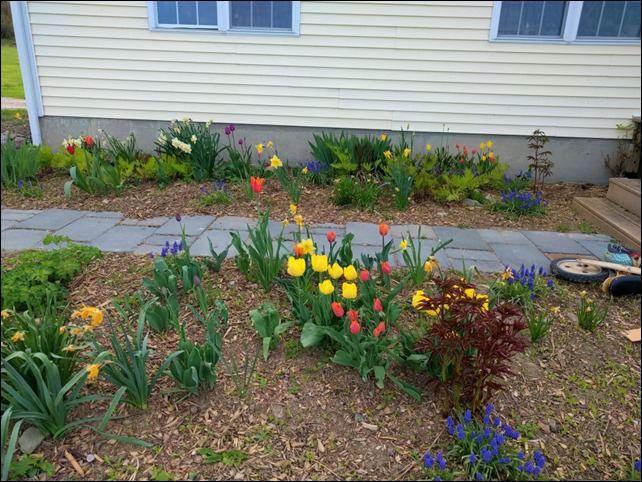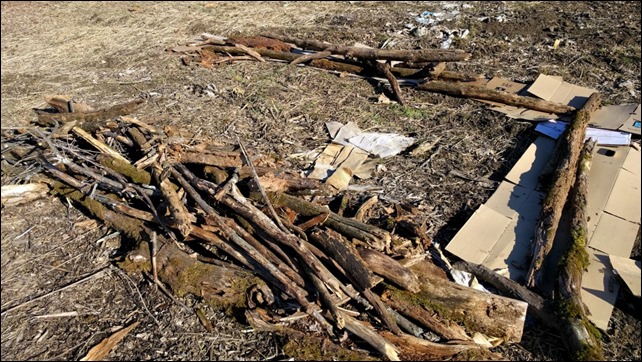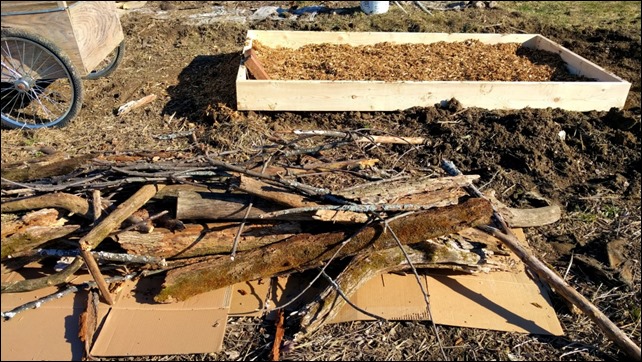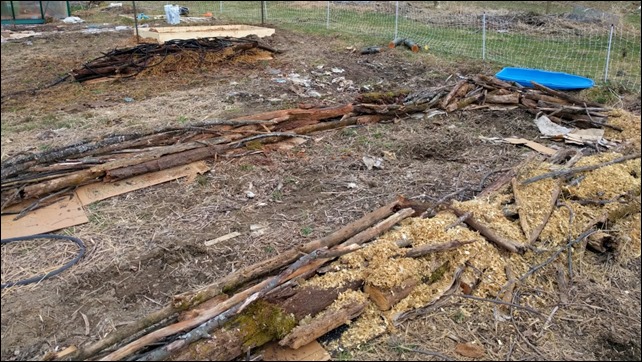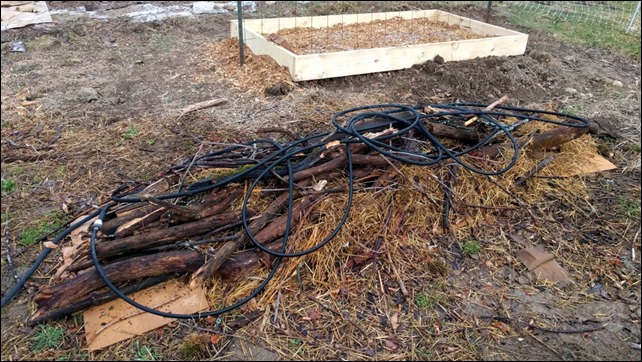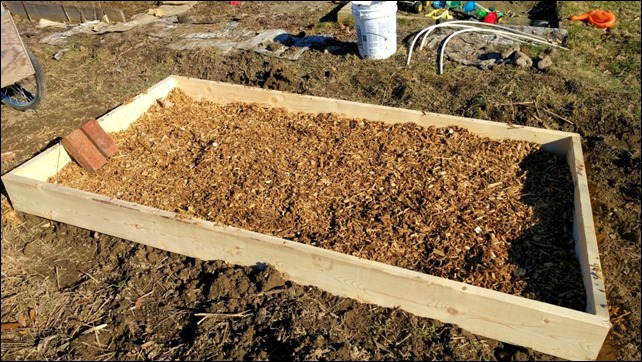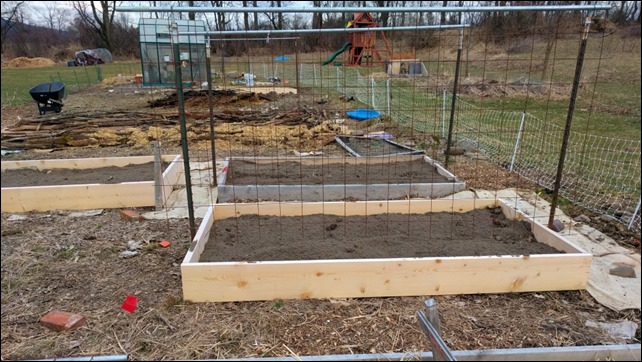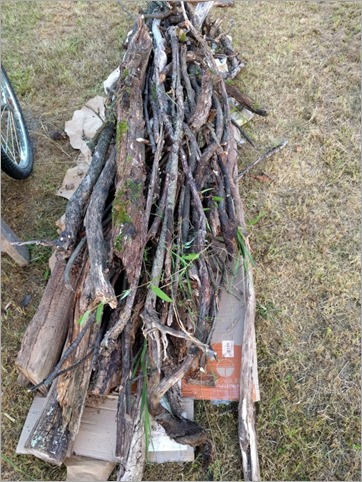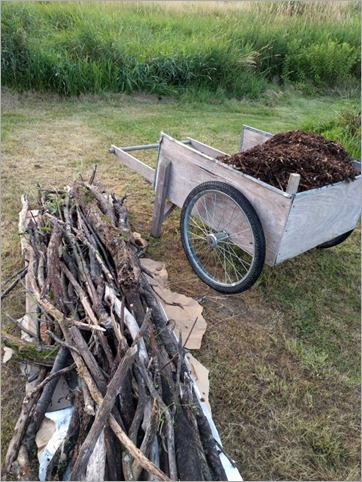Here is the second video showing the windbreak area we’ve been trying to establish on the northwest to north side of our house. It’s probably going to end up being a visual or noise break more than a windbreak. It won’t quite be tight enough to completely break up the wind, but hopefully will at least disrupt it a bit. The wind on this side of the house hits our bedroom directly and there are always some nights every year where it is so loud it is hard to sleep. In addition, we actually get a lot of road noise from the main road running not too far from our house. So trying to break that up a bit as well.
Initially, we planted a few evergreens and those are the oldest trees. A few years ago, we worked with a local agro-forestry expert to come up with more of a plan. The result of that is the two lines of trees you’ll see in the video.
We’re also hoping to start to fill in some of the space between the house and the windbreak with edible landscape plants. Hoping the shelter of the trees starts to create a bit more of a micro-climate, with some wind protection and temperature moderation. I’m also still on a quest to reduce the amount of lawn on the property and replace it with more diversity. Gradually moving towards a more permaculture way of approaching the landscape.

